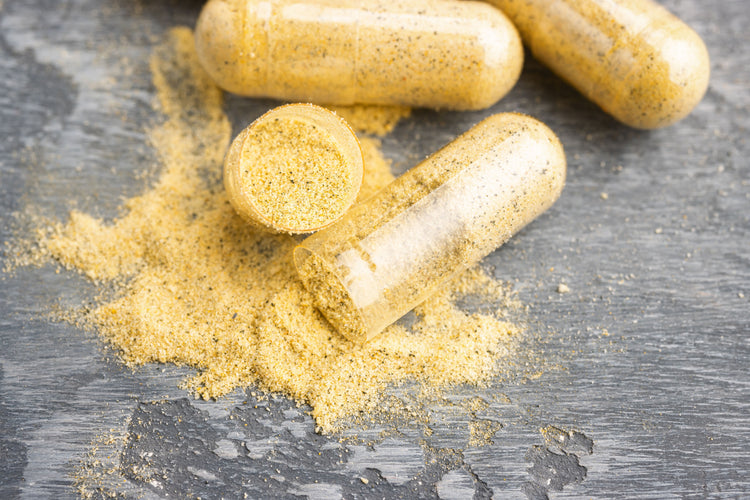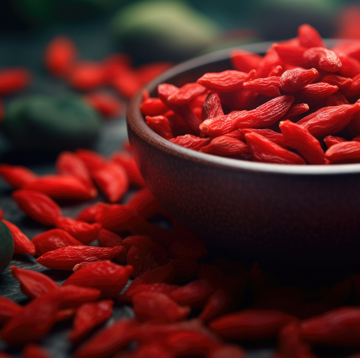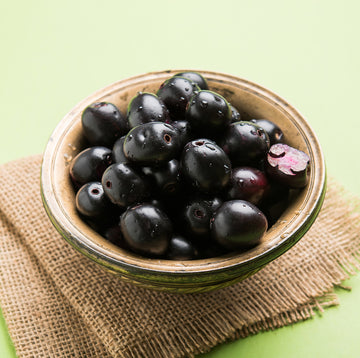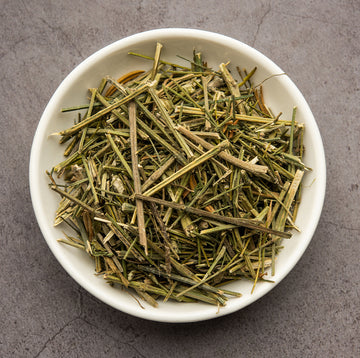
Ingredients and Benefits

Berberine
A compound found in several plants that has been shown to have potential benefits for regulating blood sugar levels. It has been shown to improve insulin sensitivity, enhance glucose uptake by cells, and slow down the digestion of carbohydrates. These effects may help reduce blood sugar spikes after meals and improve overall blood sugar control in people with type 2 diabetes. Some studies have also suggested that berberine may have a positive effect on lipid levels, which can further improve overall metabolic health.

Momordica charantia
Commonly known as bitter melon contains compounds that can increase insulin sensitivity, improve glucose uptake and slow down the digestion of carbohydrates. This can help lower blood sugar spikes after meals and improve overall blood sugar control.

Syzgium cumini
Used in traditional medicine for its potential benefits in regulating blood sugar levels. Some studies have shown that compounds in the plant can improve insulin sensitivity, slow down the absorption of glucose in the bloodstream, and increase insulin secretion from the pancreas. These effects may help reduce blood sugar spikes after meals and improve overall blood sugar control in people with type 2 diabetes.

Swertia chirayita
Traditionally used in Ayurvedic medicine for its potential benefits in regulating blood sugar levels. Some studies have shown that compounds in the plant can improve insulin sensitivity, slow down the digestion of carbohydrates, and enhance glucose uptake by cells. This may help reduce blood sugar spikes after meals and improve overall blood sugar control in people with type 2 diabetes.

Trigonella foenum-graecum
Commonly known as fenugreek, is a plant that has been used for its potential benefits in regulating blood sugar levels. According to the National Institutes of Health, research in the past two decades has shown that Fenugreek seeds help to lower blood glucose in patients with diabetes. Its role as an antidiabetic, by reducing fasting blood glucose levels and improved glucose tolerance in human subjects was reported. According to the National Institutes of Health website Gymnema sylvestre is regarded as one of the plants with potent anti diabetic properties. Gymnema sylvestre (is a plant that that that some studies have shown that compounds in the plant can slow down the absorption of glucose in the bloodstream, increase insulin sensitivity, and stimulate insulin secretion from the pancreas.

Made by Mother Nature
The most highly researched, sugar support herbs and nutraceuticals combined in our powerful formulas.

Gymnema sylvestre
According to the National Institutes of Health website Gymnema sylvestre is regarded as one of the plants with potent anti diabetic properties. Gymnema sylvestre (is a plant that that that some studies have shown that compounds in the plant can slow down the absorption of glucose in the bloodstream, increase insulin sensitivity, and stimulate insulin secretion from the pancreas.
Other Ingredients
Picrorhiza kurroa
Commonly known as katuki, is a plant that has been used in traditional medicine for its potential benefits in regulating blood sugar levels. Some studies have shown that compounds in the plant can improve insulin sensitivity, slow down the digestion of carbohydrates, and enhance glucose uptake by cells.
Turmeric
A spice commonly used in cooking that has been shown to have potential benefits for regulating blood sugar levels. It contains a compound called curcumin, which has been shown to improve insulin sensitivity, enhance glucose uptake by cells, and slow down the digestion of carbohydrates.
Amla
Also known as Indian gooseberry, has been used in traditional medicine for its potential benefits in regulating blood sugar levels. Some studies have shown that compounds in amla can improve insulin sensitivity, slow down the digestion of carbohydrates, and enhance glucose uptake by cells.
Green tea powder
Also known as matcha, is a form of green tea that has been shown to have potential benefits for regulating blood sugar levels. It contains higher concentrations of compounds called catechins, which have been shown to improve insulin sensitivity, enhance glucose uptake by cells, and slow down the digestion of carbohydrates.
Lion's Mane mushroom
A type of edible mushroom that has been shown to have potential benefits for regulating blood sugar levels.
Cinnamon
A spice that has been shown to have potential benefits for regulating blood sugar levels. It contains compounds that have been shown to improve insulin sensitivity, enhance glucose uptake by cells, and slow down the digestion of carbohydrates.
Xanthan Gum
While xanthan gum is commonly used as a thickening agent and stabilizer in food products, research has suggested that it may have potential benefits for blood glucose control. One study published in the Journal of Diabetes Science and Technology found that a xanthan gum-based fluid thickener added to a high-carbohydrate meal was able to significantly reduce the postprandial (after-meal) rise in blood glucose levels in healthy individuals. The researchers noted that the xanthan gum may have slowed down the rate of carbohydrate digestion and absorption, leading to a more gradual and steady release of glucose into the bloodstream.
Another study published in the European Journal of Clinical Nutrition found that adding xanthan gum to a carbohydrate-rich breakfast led to a lower glycemic response in overweight and obese adults. The researchers suggested that the xanthan gum may have improved insulin sensitivity, leading to better glucose control.
Guar gum
A dietary fiber that is extracted from the seeds of the guar plant. It is commonly used as a thickening and stabilizing agent in food products, and has also been studied for its potential health benefits.
In terms of diabetes and blood sugar control, research has suggested that guar gum may have a positive impact. One study published in the Journal of the American College of Nutrition found that consuming guar gum with a meal was able to significantly reduce postprandial (after-meal) blood glucose levels in individuals with type 2 diabetes. The researchers suggested that the guar gum may have slowed down the rate of carbohydrate digestion and absorption, leading to a more gradual release of glucose into the bloodstream.
Another study published in the journal Diabetes Care found that guar gum supplementation was able to improve glycemic control in individuals with type 2 diabetes. The researchers noted that the guar gum may have improved insulin sensitivity, leading to better glucose control.





